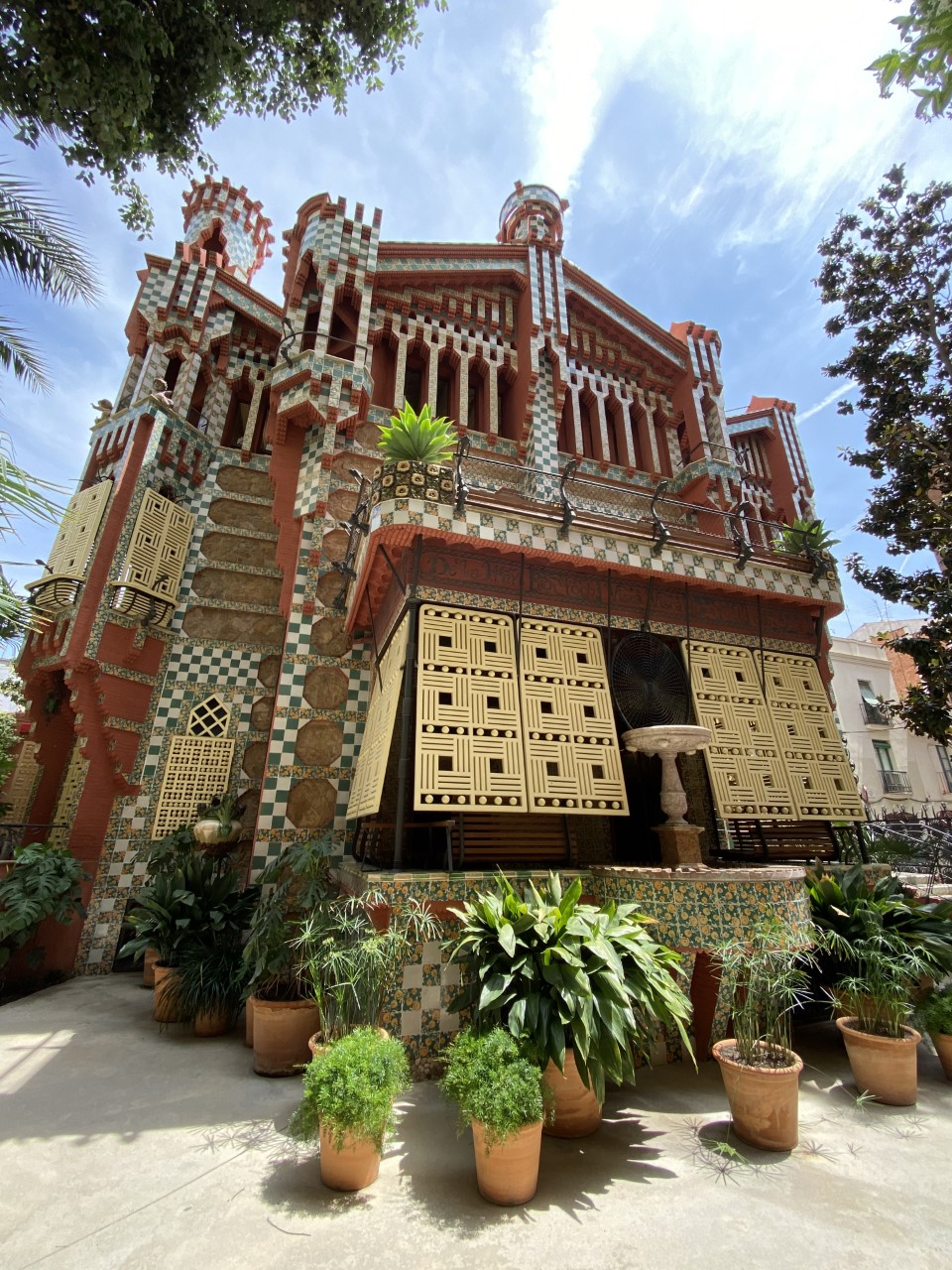ANTONI Gaudi is an architect synonymous with the Catalan city of Barcelona.
By far, his most famous work is the unfinished Sagrada Familia cathedral.
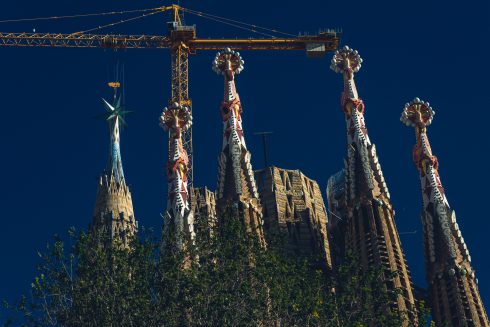
But the architect, who lived from 1852 to 1926, is also responsible for a host of other buildings scattered throughout the city.
Each is a wonderful example of the Catalan Modernisme style of architecture, distinctive for being colourful, eye-catching, and inspired in part by nature.
Some are well-known, including Casa Batllo and La Pedrera.
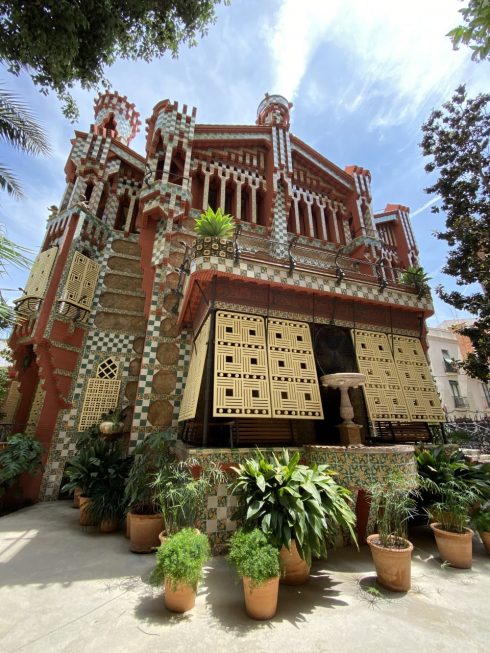
But also on the tourism map and fast gaining popularity, is the first house he ever built.
Casa Vicens was declared a UNESCO World Heritage site in 2005, but has been open to the public for less than six years. Carefully restored, the house is close to its original state, providing visitors with a unique insight into the architect’s style.
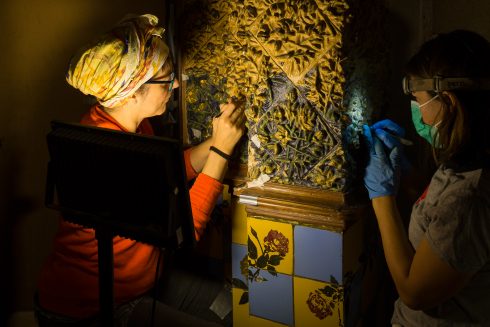
Gaudi had been qualified only five years when he was hired in 1883 by tile manufacturer Manuel Vicens Montaner to design a summer house in Gracia – at that time a suburb of Barcelona.
Gracia was swallowed up by the city long ago. Now, to any visitor happening upon Casa Vicens in its narrow street among offices and apartment blocks, it comes as a delightful surprise, as if a Moorish palace had arrived on a magic carpet.
It is equally delightful and surprising inside where there are stucco walls symbolising reeds and ferns, murals of herons and cranes, and papier-mache cherries and leaves between the ceiling beams.
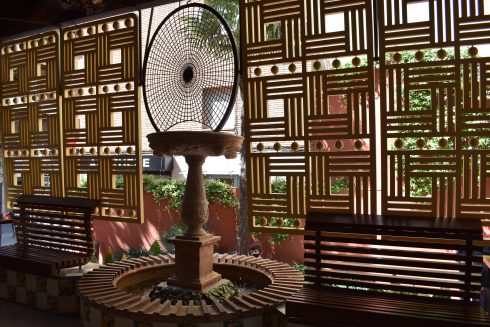
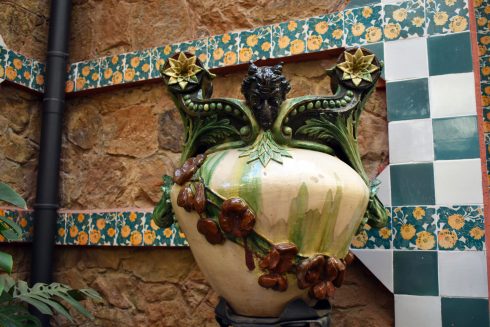
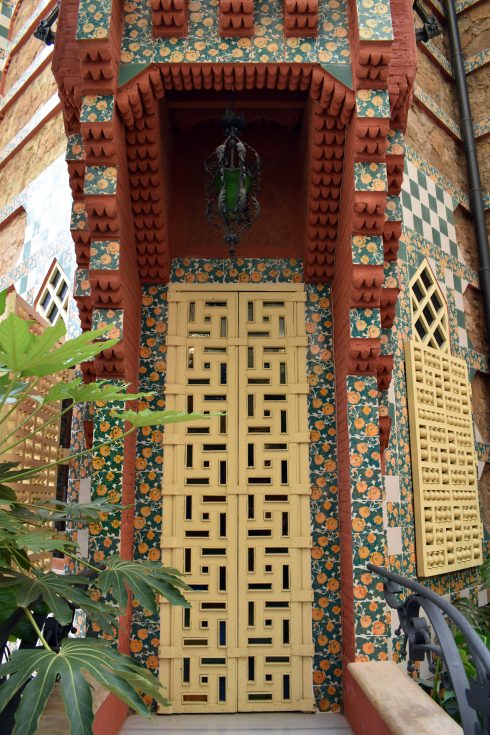
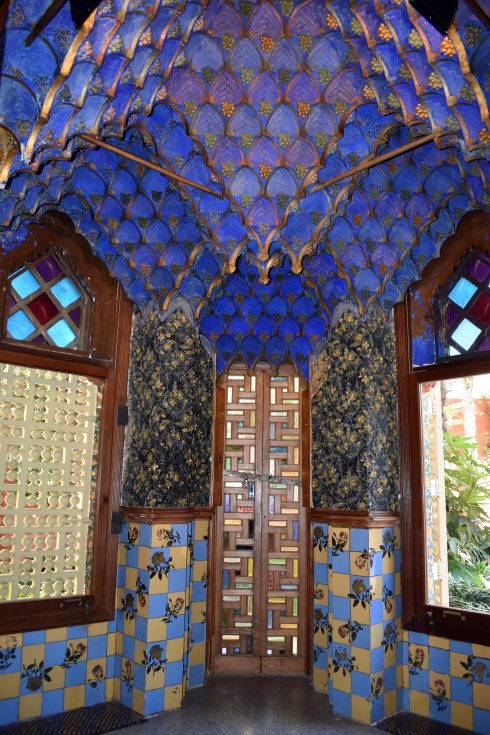
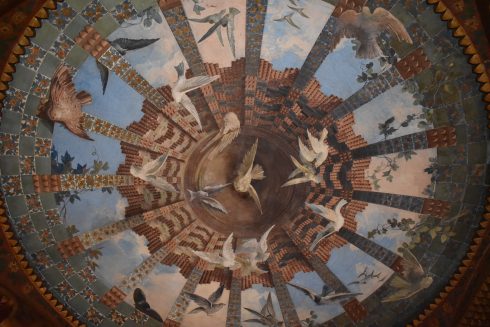
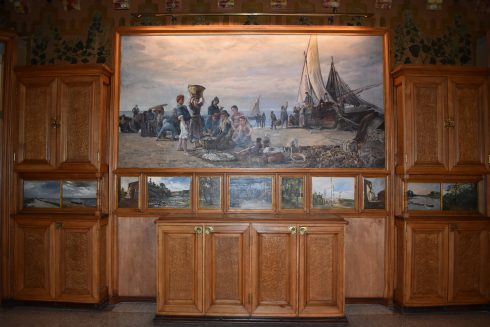
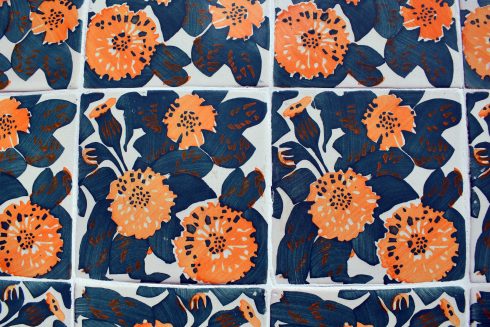
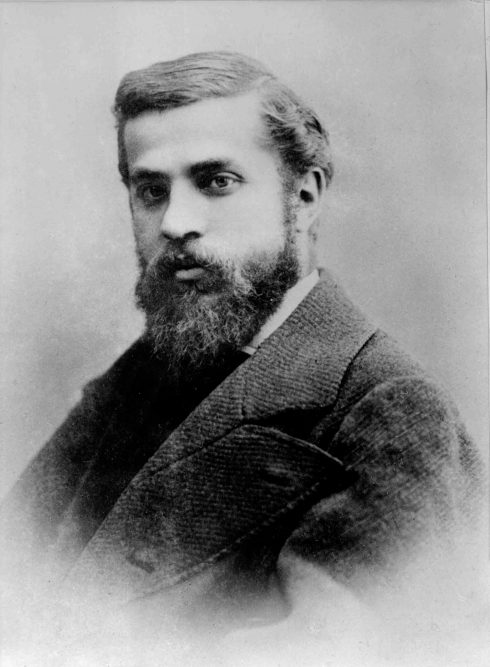
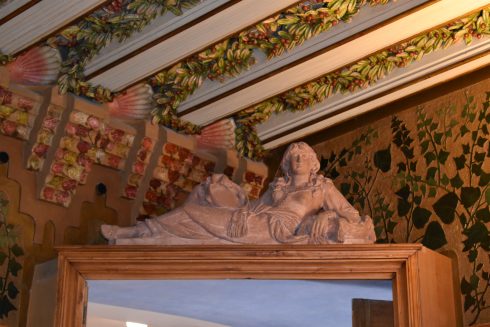
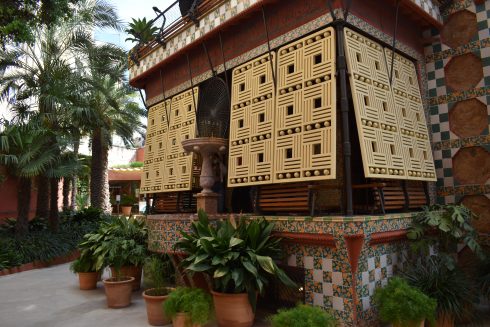
Even the furniture was made to his own design.
The influence of Andalucia is apparent in the Arabian smoking room: Gaudi has created a pastiche of the stalactite ceilings of the Alhambra in Granada – his version is made from moulded cardboard.
With access limited to 500 people a day, it is best to visit the website (casavicens.org) and book a ticket in advance to avoid disappointment.
READ MORE:
- Gaudi’s long-lost chapel to finally be built in Chile
- The Sagrada Familia: how Gaudi’s masterpiece became a myth and a divisive political tool
Click here to read more Olive Press Travel News from The Olive Press.

